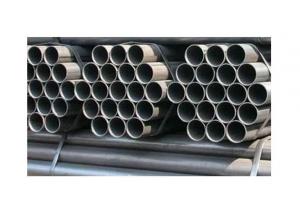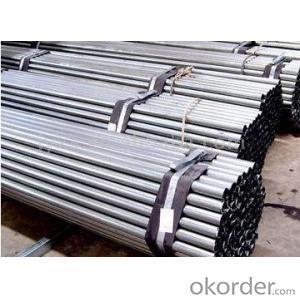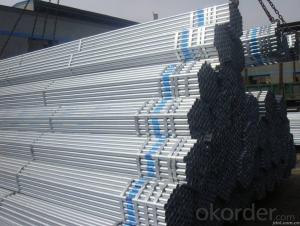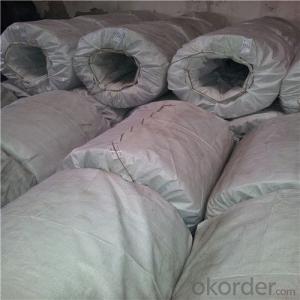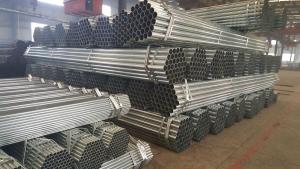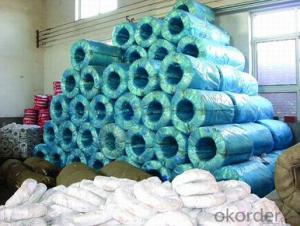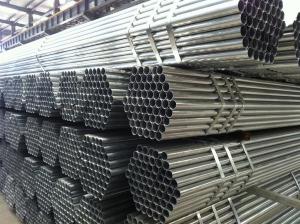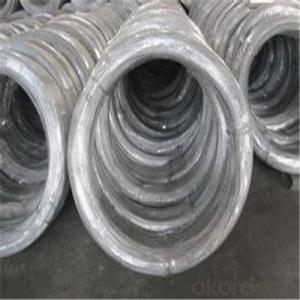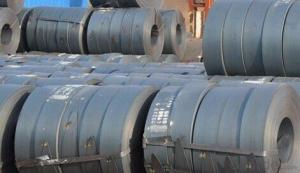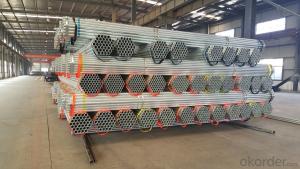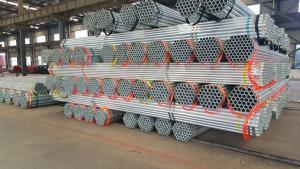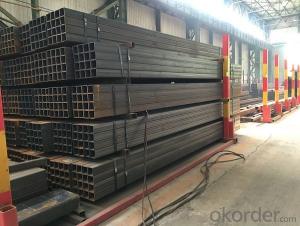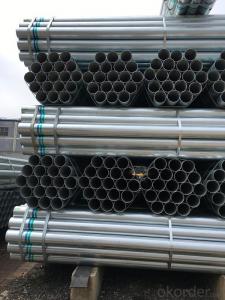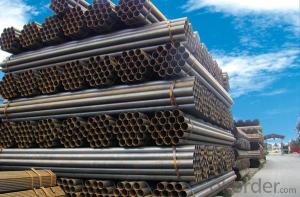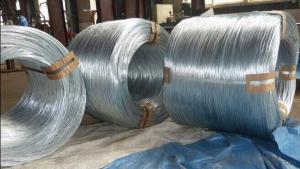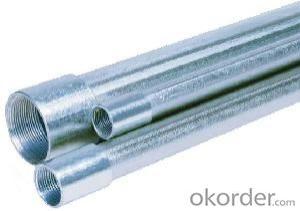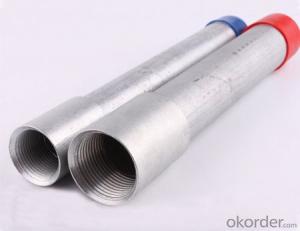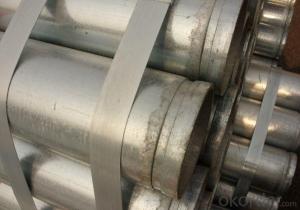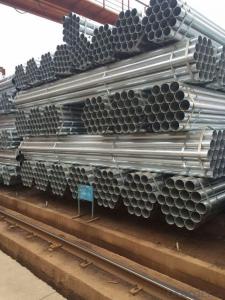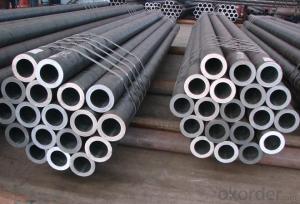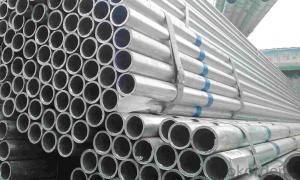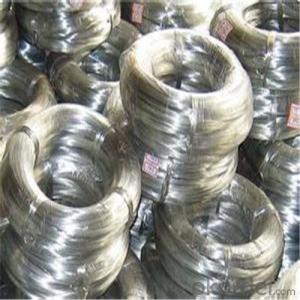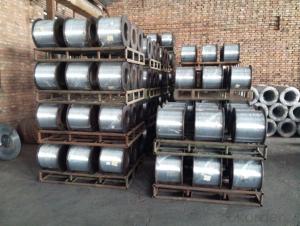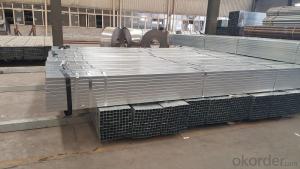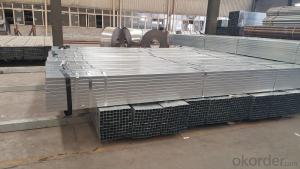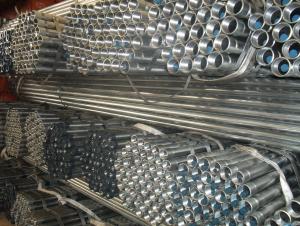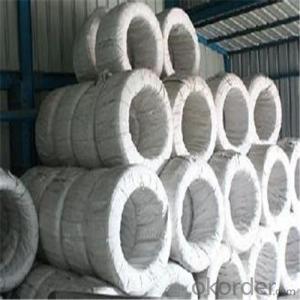Galvanized Steel Pipes
Galvanized Steel Pipes Related Searches
Galvanized Steel Piping Galvanized Steel Tube Galvanized Tube Steel Galvanized Steel Culvert Pipe Non Galvanized Steel Pipe Galvanized Steel Tubs Galvanized Steel Beams Galvanized Stainless Steel Galvanized Steel Panels Steel Galvanized Stainless Steel Pipes Galvanized Steel Tub Galvanized Steel Square Tubing Galvanized Steel Tank Galvanized Corrugated Steel Galvanized Steel Wall Panels Painted Galvanized Steel Rusted Galvanized Steel Galvanised Iron Wire Weld Galvanized Steel Galvanized Steel Roof Galvanized Steel Grating Galvanized Steel Panel Galvanized Steel Roofing Panels Corrugated Galvanized Steel Hot Dipped Galvanized Steel Powder Coating Galvanized Steel Galvanized Steel Pool Galvanized Steel Paint Galvanized Steel GuttersGalvanized Steel Pipes Supplier & Manufacturer from China
Galvanized Steel Pipes are coated steel pipes that have undergone a process of applying a protective zinc layer to prevent rust and corrosion. These pipes are widely recognized for their durability and resistance to various environmental factors, making them an ideal choice for a range of applications. They are commonly used in construction, plumbing, and industrial settings where a strong and long-lasting material is required.Galvanized Steel Pipes find their application in various scenarios such as water supply systems, gas distribution networks, and structural frameworks. Their corrosion-resistant properties make them suitable for both indoor and outdoor use, ensuring that they can withstand harsh weather conditions and maintain their integrity over time. This versatility allows them to be a popular choice for a multitude of industries and projects, providing a reliable and cost-effective solution for piping needs.
Okorder.com is a leading wholesale supplier of Galvanized Steel Pipes, boasting a large inventory that caters to the diverse requirements of clients across different sectors. By offering a comprehensive range of sizes, grades, and specifications, Okorder.com ensures that customers can find the perfect fit for their specific needs. Their commitment to quality and customer satisfaction makes them a trusted source for those seeking reliable and durable Galvanized Steel Pipes.
